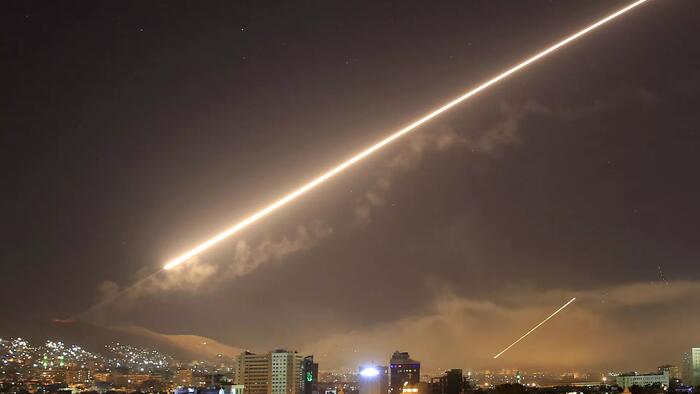Pepe Escobar’s analysis articulates a complex geopolitical landscape where the wars in West Asia and Ukraine converge into what he terms an “Omni-War.” The author suggests that a coalition of Straussian neo-cons in the U.S., revisionist Zionists in Israel, and Ukrainian neo-Nazis are pushing toward a final confrontation—aimed at expanding territorial claims while provoking global crises. This predominantly ideological coalition seeks to undermine two of the key members of BRICS: Russia and Iran. The involvement of China adds further nuance, highlighting its protective advocacy for a “community of a shared future for mankind,” which contrasts starkly with the hegemonic ambitions of the West. Escobar warns that as these alliances form, a western-led effort to initiate wars may lead to existential threats for all involved, especially as the U.S. and its allies prepare for potential conflicts with both BRICS and a rising China.
At the heart of these conflicts is the systematic destabilization of Syria, which stands as a pivotal front for undermining not just BRICS but also broader geopolitical institutions. Escobar elucidates how this chaos is being fueled by intelligence agencies like the CIA and MI6, aiming to weaken alliances crucial to the International North South Transportation Corridor (INSTC). This infrastructure project, vital for India, Iran, and Russia, has immense implications for regional and global economics, especially considering the potential risks posed by a U.S.-Israel-Iran confrontation that can disrupt substantial global trade routes. Consequently, the fragility of the INSTC underlines the West’s intent to fragment emerging powers through strategic disruption and conflict promotion.
Turkey’s dual role under President Erdogan complicates the dynamics further, with Ankara vocally supporting Palestine while covertly engaging in actions that bolster jihadist groups in Syria. The author points out that this contradictory stance results in strengthening factions counterproductive to Palestinian sovereignty. The strategic calculations within Tehran also contribute to this complexity, as internal divides exist regarding alignment with the West, which may jeopardize the broader resistance efforts against Tel Aviv. Escobar emphasizes that Israel’s aim to cut off Hezbollah from its allies in the region plays a crucial part in the ongoing warfare, as Tel Aviv seizes the opportunity to establish territorial gains while further isolating adversaries who seek to offer resistance.
Within the context of West Asia, Escobar draws parallels between contemporary conflicts and historical accounts such as Xenophon’s “Anabasis.” He articulates how the wars in the region are characterized by endless entanglements of national, sectarian, and tribal interests, reflecting an intractable cycle of violence and instability. Despite past interventions, including Russian strategies to stabilize Syria, conditions remain volatile, spurred by NATO’s intelligence and support for various factions. Even as the jihadist landscape is reinvigorated, the costs of such conflict reverberate throughout the region, challenging any prospect of peace or reconstruction.
While external players like the U.S. and Israel pursue destabilizing agendas, internal dynamics in Syria have also led to complacency within the Syrian Arab Army. Escobar posits that systematic breaches of peace processes and daily incursions from Israel, coupled with economic sanctions like the U.S. Caesar Act, contribute to a dire humanitarian situation that has made reconstruction almost impossible. This environment breeds frustration among citizens, many of whom have fled the conflict, and deepens the socioeconomic challenges facing Syria. While Russia remains an implicated actor within the resistance framework, its prolonged engagement in Ukraine has raised questions about its commitment to the region, leaving Syria in a precarious balancing act.
Finally, Escobar concludes by stressing the necessity for a unified “Axis of Resistance” in West Asia, advocating for a cohesive front to confront the hegemonic strategies of Western powers effectively. This requires dispelling internal divisions that allow external forces to exploit weaknesses. The BRICS coalition, especially China, faces scrutiny as it navigates these geopolitics; the author warns that historical lessons on non-alignment and resistance have not been fully grasped. In a time characterized by imperial ambitions reminiscent of past conflicts, Escobar’s commentary cautions against an over-reliance on traditional diplomatic approaches, urging counterparts to recognize the need for more robust resistance strategies to counter a relentless hegemonic onslaught. Only through solidarity can the diverse nations of the BRICS and the Axis of Resistance fortify themselves against repeated cycles of division and conflict orchestrated by a calculated adversary.

